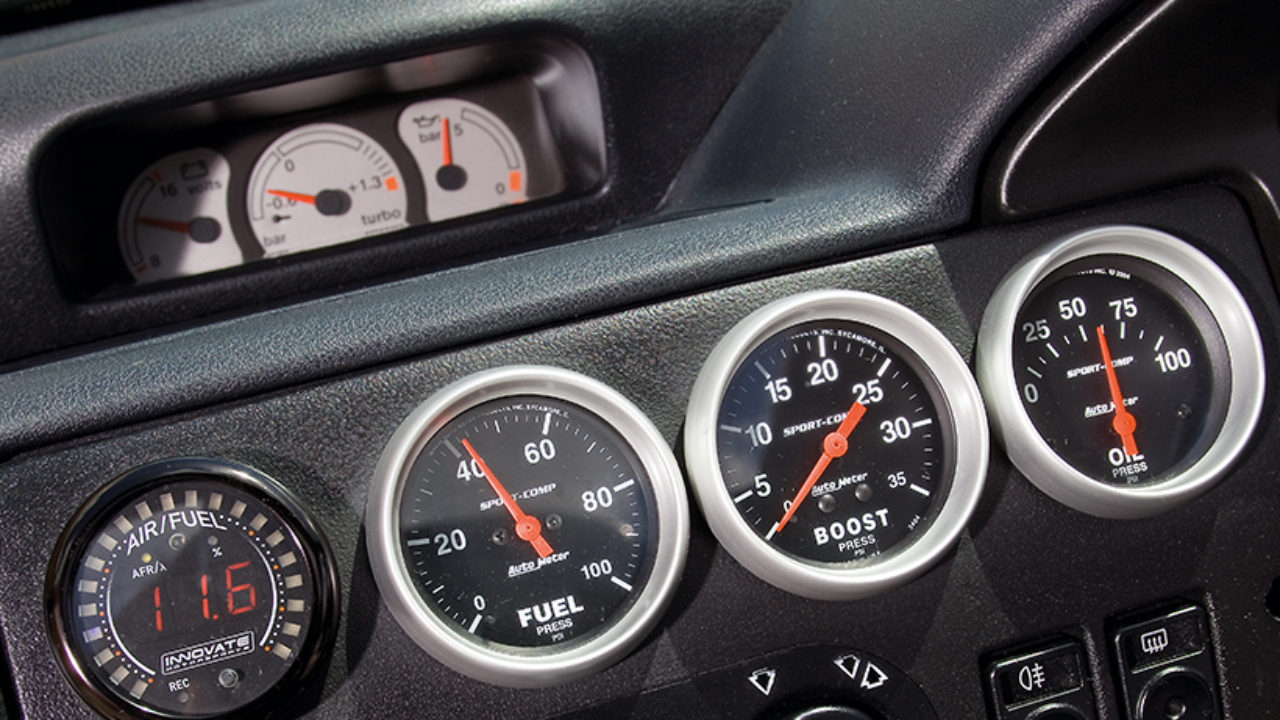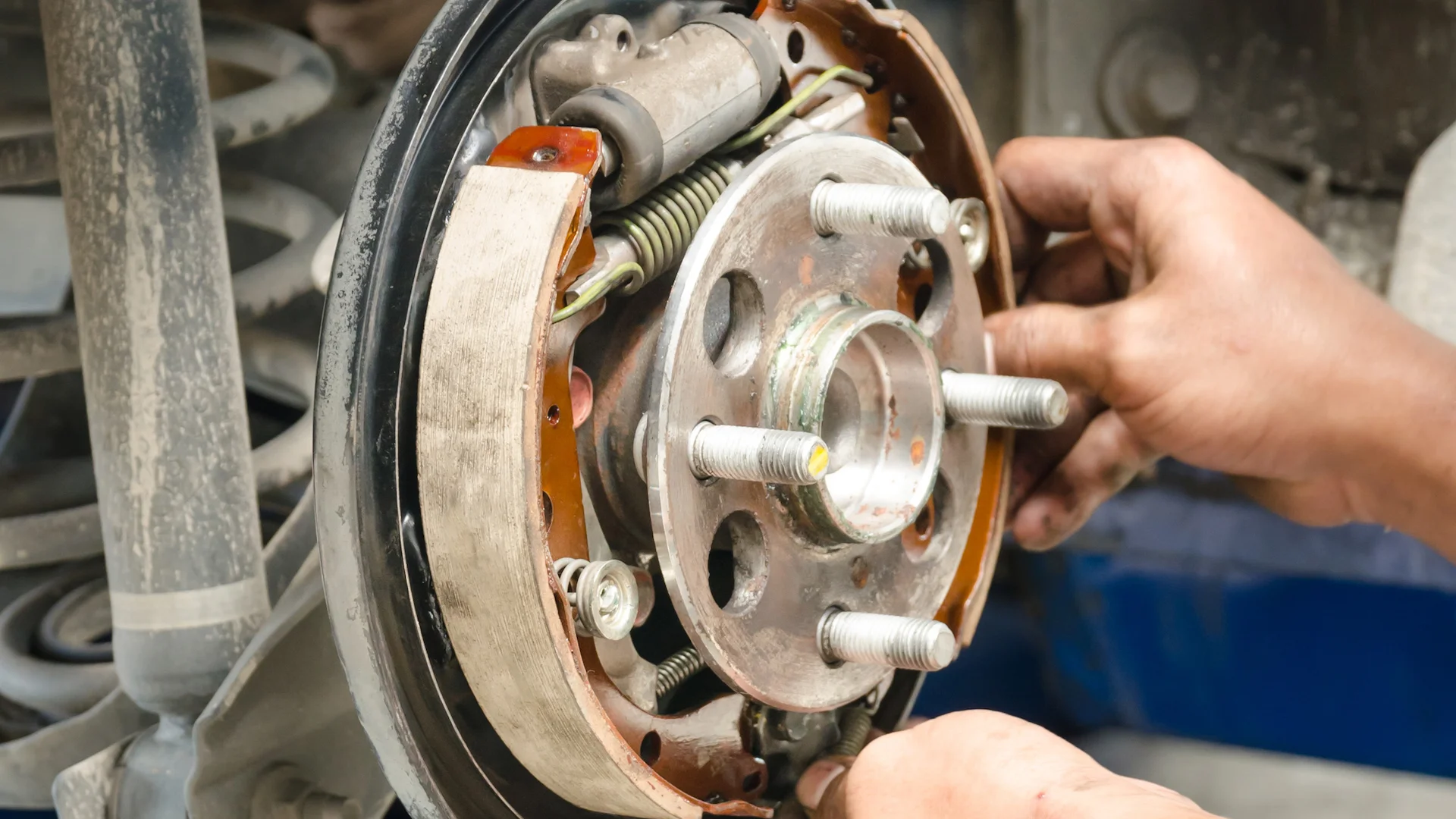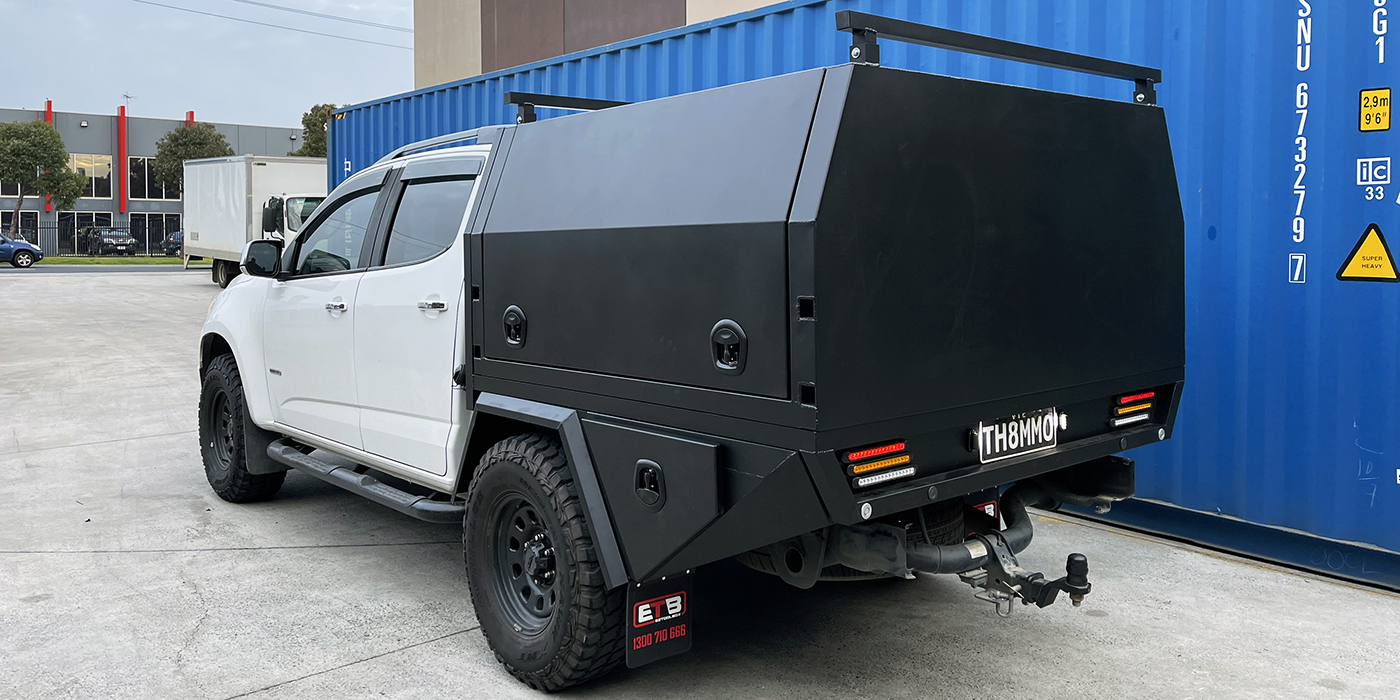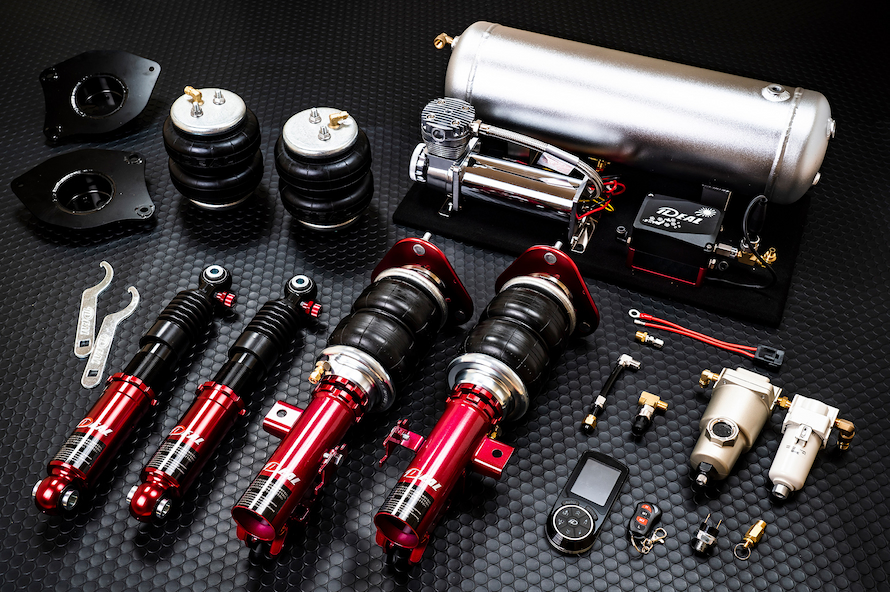Automotive
Different Types of Auto Gauges
If you know your cars, you’ll recognise the make and model from a few interior shots, with the branding covered of course, so it’s not a complete giveaway. The interior design speaks so much as to the carmaker’s authenticity, as does the exterior styling, with flagship models setting the benchmark for every car down the range. Different gauges and dials set in the instrument cluster, or along the dash provide all the necessary information we need when driving. Speed, rpm, fuel, coolant temperature, distance travelled. Of course, different dash designs will have gauges arranged in different places and can be analogue or digital, or a combination of both.
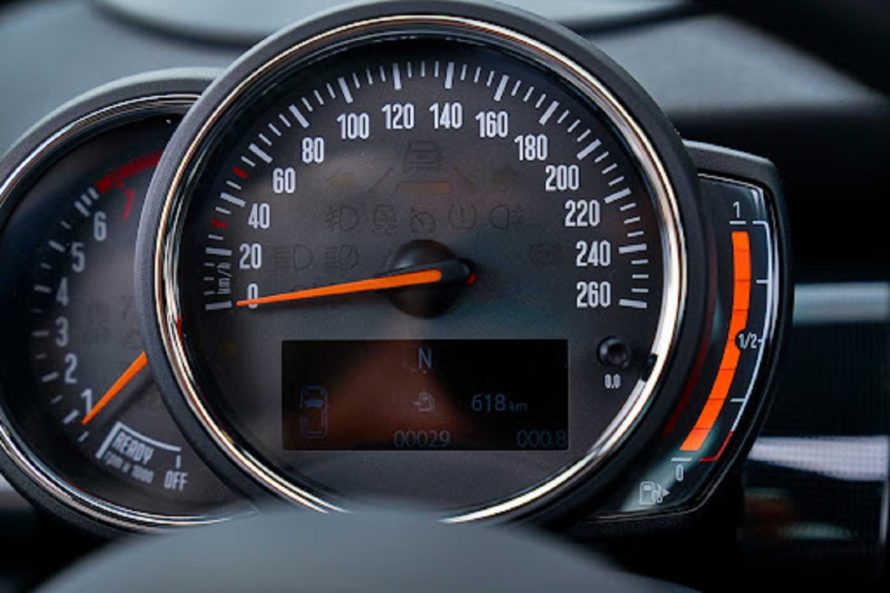
Besides gauges and dials, there’s an array of warning lights from different systems, and with most cars today an on-board computer, usually placed in the centre, to tell you the outside temperature, remaining range, service intervals, average fuel consumption and so much more. You don’t need to divulge all the information, so long as a warning light starts flashing, or dials reach redlines.
Types of Gauges
Auto gauges are specialised instruments that give vital driving data. Speedometers are dials that show current speed, either as arrows set in a dial or as a digital numerical value. Depending on the market, readings are in kilometres or miles per hour. This is the dial that you’ll be looking at to adjust speed to appropriate levels, say in school zones, so you don’t cop a fine. A speedometer also tells you when to shift up or down gear to avoid straining the engine in manual transmission cars. A faulty speedo with imprecise values is a clear-cut recipe for speeding tickets.
RPM gauges or tachometers are found in most performance and 4WD vehicles, many with manual boxes. How fast the motor is turning is useful to know. Low revs in high gear means you’re choking the engine, high revs in lower gears says you need to change up. Combined with the info from the onboard computer, you’ll be putting less stress on the engine, say when going uphill on dunes, or cornering in abrupt turns. Auto boxes don’t rely so much on RPM gauges as the car shifts in a pre-set rev range suited to each gear.
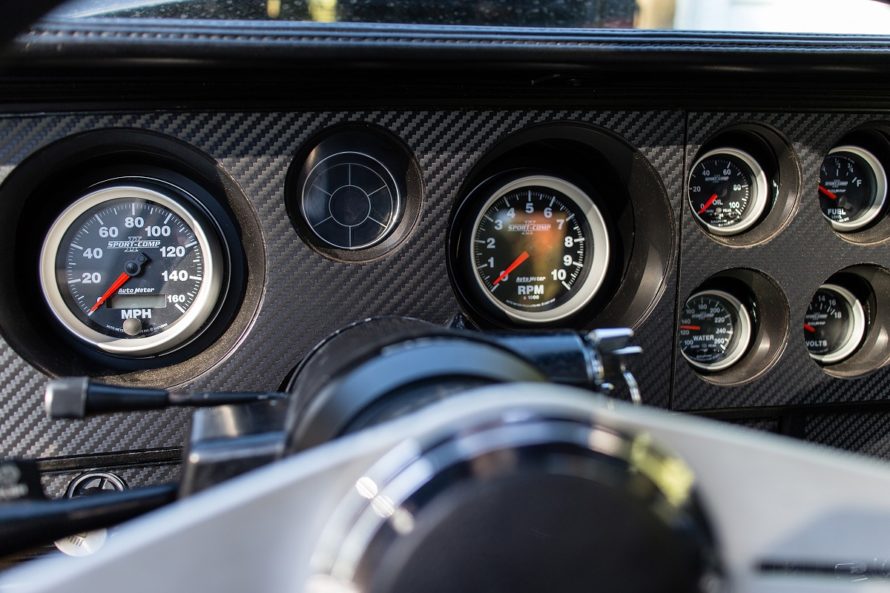
More important are auto gauges that tell you about the condition of the engine or transmission. Temperature gauges tell you if your engine is overheating, a sign that there is a problem. This could be anything from clogged radiators, evaporated coolant or damaged hose lines. If your car does overheat, then it’s time for a visit to the local mechanic. And to avoid damage to cranks, pistons and other internals, you’ll need to regularly check your oil pressure gauge. Too low means parts aren’t getting enough lubrication, which could lead to serious engine failure. High readings are unusual, signalling a faulty gauge or oil by-pass valve issues. Normal ranges are with 20 and 80 PSI, depending on when you started the motor, how long you’ve been driving, current rpm and outside temperatures. Regular oil changes, with the grade of oil for your particular engine and region, will save you from expensive repairs down the road.
For auto transmissions, a transmission temperature gauge will signal if the oil is overheating, and needs to be changed. Most defects in automatic transmissions happen because of overheating issues and insufficient lubrication. Normal temperatures range between 80 and 105 degrees and depend on the type of box in the vehicle. Transmission oil should be replaced roughly every 50 000km.
Performance Gauges
Exhaust gas temperature gauges (EGTs) are installed on modified or tuned vehicles, generally with a turbo. They display real-time temperature changes depending on speed, the vehicle weight and load, and how hard you’re pushing the engine. This is much more precise than a regular temperature gauge and lets you adjust the throttle without overheating the engine. A thermocouple probe is placed in the exhaust, preferably before the turbo, or as near to the cylinder head as possible and meters temperature changes. Normal exhaust temperatures vary from engine to engine, with turbo-diesels in large 4WDs, hovering around 300°C. Anything over that means you’re overworking the engine. The gauge itself can be either analogue or digital and installed where it’s easy to read. Somewhere along the dash, near the gearbox or in an A-pillar mount.
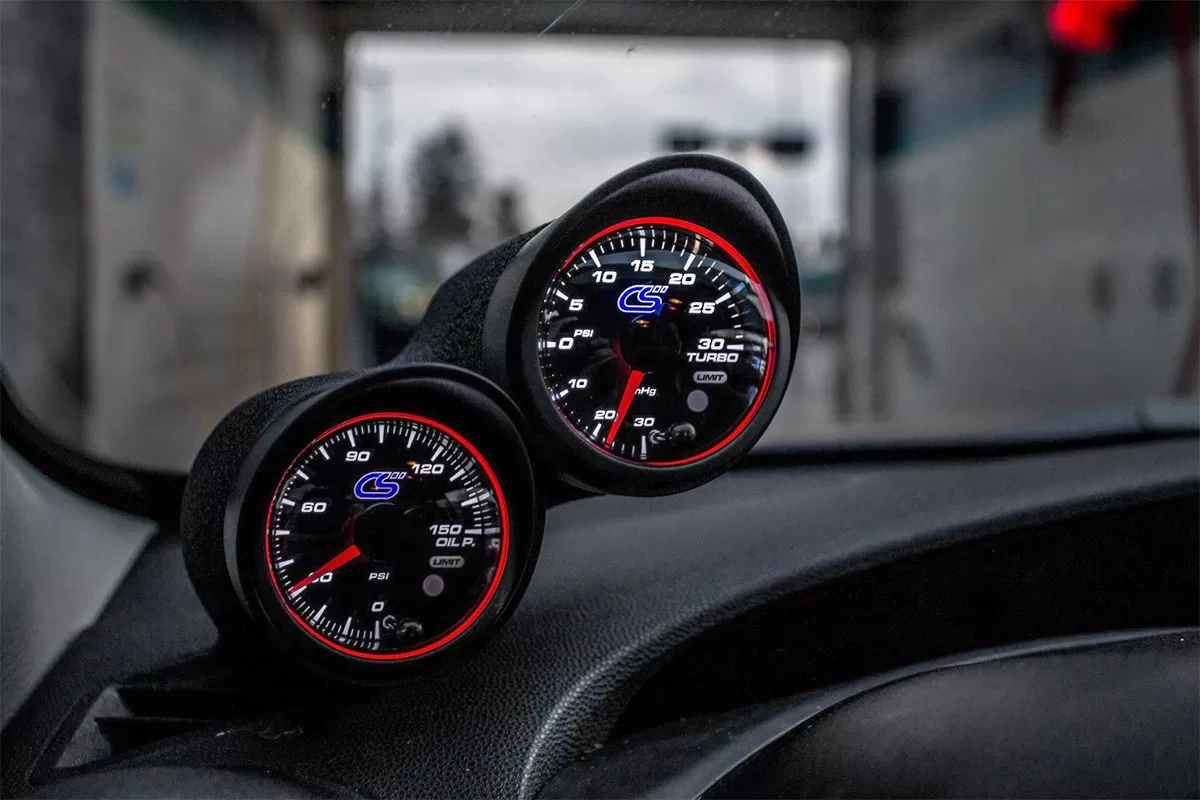
EGTs are often paired with boost gauges in cars that have bigger aftermarket turbos installed. This is to ensure that the engine can handle the increase in pressure from the new turbo, too much and it can blow up. Passing the safe range activates a warning, meaning you need to ease off the pedal and avoid any potential damage. Boost gauges measure turbo pressure in PSI with normal ranges up to 20 pounds per square inch. Most boost gauges are fitted with EGTs in pillar mounts.
Other gauges in modified vehicles are precision instruments better equipped at handling high pressures and temperatures. You’ll see combined water and coolant meters, voltmeters that display battery charge in secondary batteries, separate oil temperature and oil pressure gauges, fuel gauges that fit modified fuel tanks, and more. Aftermarket gauges provide more precise, dependable, real-time results, that can mean the difference between a thrilling adventure, or an expensive repair bill.
Buying and Installation
Auto gauges are sold either separately or in packaged pairs. Most are fitted along A-pillars, with kits including the necessary wiring, probes, mounts or replacement pillar parts. installation is relatively quick and easy, but do consult a friend or mechanic if you’re not quite sure what you’re doing. If you’re fitting these to your 4WD, the decent asking price more than makes up for the fun you can have, without going over the top.


